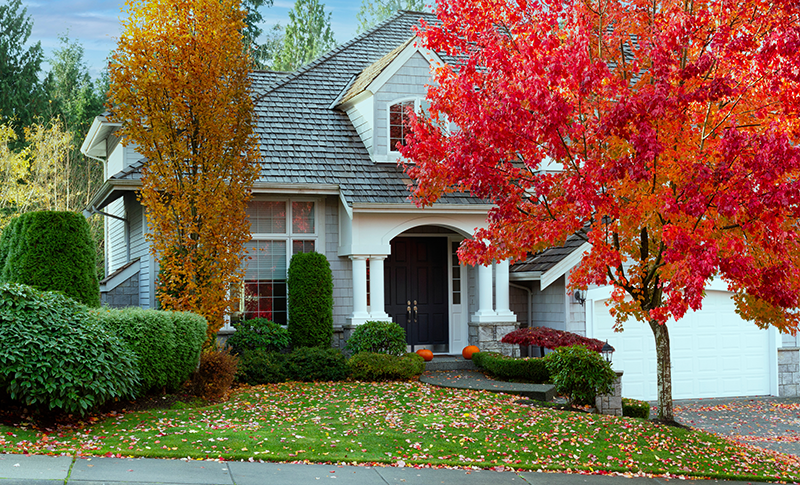6 External Influences That Lessen Home Values


Home prices are still near record highs, so if you’re purchasing your next home in a cheaper or unfamiliar area, be aware of outside influences that can lower your property values.
Noise. Traffic noise, sirens, construction, and other noise pollution can impact home values. Areas to avoid include next to a freeway, on a busy thoroughfare, or across the street from a school.
Danger. Crime statistics can be found at USA.gov. You can search the Office of Justice Programs for known sex offenders living in your area.
Industrial pollution. Builders often look for land in industrial areas where the parcels are cheaper and larger to construct apartments and houses. Visit The Environmental Protection Agency and enter your address to learn how emissions and releases from industry are impacting your neighborhood.
High number of rentals. If you’re buying a condominium or house managed by a homeowner’s association, you have the right to see all governing documents and financial records. High turnover rates make it more difficult to get mortgage loans and expose you to transients who may not care about their neighbors since they don’t own the property.
Bad neighbors. You’ll have to introduce yourself to potential neighbors and ask them what the neighborhood is like, but you can also tell a lot from the state of other properties near your next home. Rundown homes around your home make it less desirable.
Your Berkshire Hathaway HomeServices network professional will be able to help you research the home and neighborhood.




















